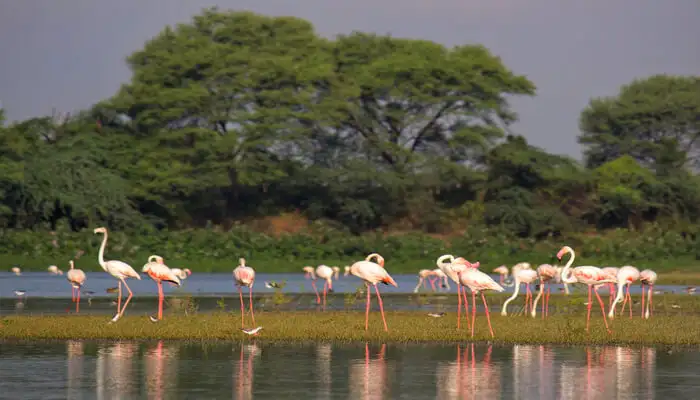About Sundarban National Park

Sundarban National Park, located in the delta region of West Bengal, India, is a natural treasure and a world heritage site. It is one of the largest reserves for the Royal Bengal tiger and is home to various flora and fauna. The Sundarbans delta is formed by the confluence of the Ganges, Brahmaputra, and Meghna rivers and is spread across 10,000 square kilometers, with 60% of it in Bangladesh and 40% in India.
Sundarban National Park was declared a wildlife sanctuary in 1977 and a national park in 1984. It was also declared a UNESCO World Heritage Site in 1987 due to its unique ecosystem and diverse wildlife. The park is known for its mangrove forests, which cover a significant part of the area and provide a habitat for various plant and animal species.
The Sundarbans is home to over 250 species of birds, 50 species of reptiles, and over 50 species of mammals, including the Royal Bengal tiger, Indian rhinoceros, saltwater crocodile, and spotted deer. The Bengal tiger is the most famous and sought-after animal in the Sundarbans. It is known for its unique behavior of swimming in the water and is a major attraction for tourists.
Apart from the Bengal tiger, the Sundarbans are also home to other endangered and rare species. These include the saltwater crocodile, which is the largest living reptile, and the Indian rhinoceros, which is one of the most endangered mammals in the world. Other animals in the park include wild boars, chitals, rhesus macaques, river dolphins, and snakes.
The Sundarbans are not just famous for their wildlife but also their beautiful landscapes and scenic beauty. The mangrove forests, creeks, and rivers offer stunning views and delight nature lovers and photographers. The park is also home to several islands, some inhabited by local communities who make a living from fishing and honey collection.
The best time to visit Sundarban National Park is between
September to March, when the weather is pleasant and the chances of spotting wildlife are high. However, the park is open throughout the year, except during the monsoon season, from June to September.
Visitors can explore the Sundarbans by taking a boat safari or a nature walk, both of which are popular options. There are also several eco-tourism resorts and guesthouses in and around the park, which offer comfortable accommodations and various amenities.
In conclusion, the Sundarbans National Park is a must-visit destination for wildlife enthusiasts and nature lovers. It is a unique ecosystem that offers a glimpse into the region’s diverse and rich flora and fauna. Whether you want to spot the majestic Bengal tiger or admire the mangrove forests’ beauty, the Sundarbans will leave you spellbound.






